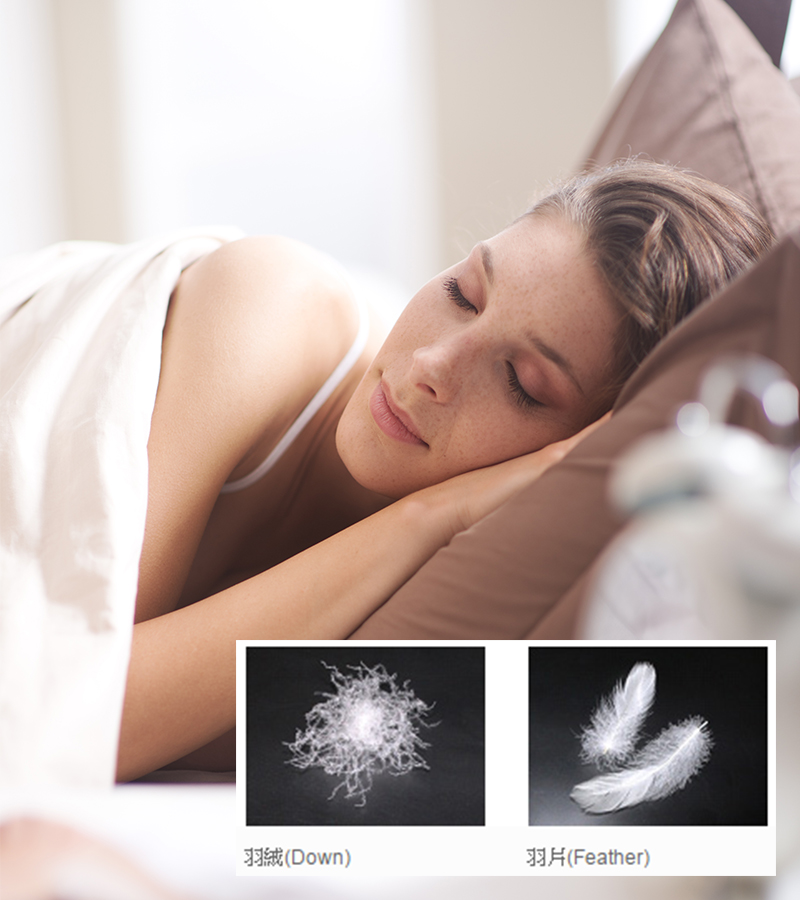
Down characteristics
The down is taken from the soft fluff between the neck of the waterfowl, such as geese and ducks, to the chest and abdomen. The main component of down is composed of α-keratin. α-keratin can be extended to β conformation under moist heat conditions, but it can be automatically restored to its original state when cooled and dried, which can form a fiber with high cohesive strength, which is called breathing. Feathers. The down is mainly composed of Down and Small Feather. The pompon is a shot, composed of many Down Fibers. The function of the down fibers is to store the air inside the pompons. The small feathers are the feathers on the back of the waterfowl and the stalks of the chest. The main purpose is to support the feathers. The pom-poms are made so that the pompons are not easily crushed. The two components can block the outside air, prevent the internal air from escaping, form a natural wall, and become a light, soft and warm green natural noble active material.
An important indicator of down
Bulkiness Down is a natural product. Therefore, the quality of down and feather produced by waterbirds of different types and ages varies greatly from place to place. The method for measuring down quality is based on its bulkiness. The volume that can be expanded by one ounce (about 28g) of down is expressed in cubic inches such as 850, 800, ..., 500, or JIS standard (30g) means 18, 17, ..., 10cm, the higher the number, the lower the degree of feather expansion. The higher the height, the better the insulation can be achieved with a lower amount of down. 〉 Cashmere content The amount of cashmere is the proportion of the pile inside the down, which is generally expressed as a percentage. The more the amount of cashmere, the more the number of pompons, the more relatively warm.
